Professional Concrete Patio Slabs Maryborough
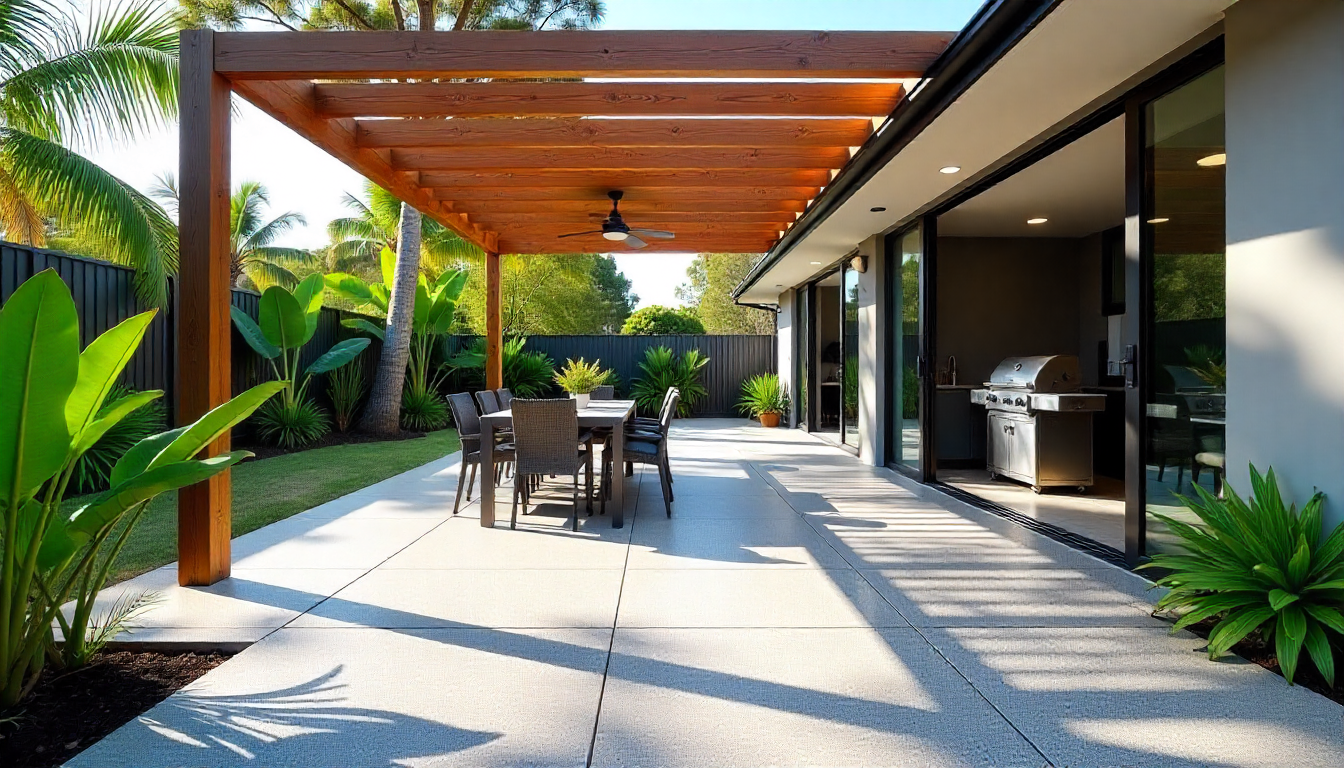
We’ve been pouring concrete patio slabs around Maryborough, and we’ve seen just about every backyard situation you can imagine. The couple in Tinana who wanted their patio to wrap around their pool. The young family in Granville who needed a spot for the kids’ trampoline that wouldn’t turn into a mud pit every time it rained. The retiree in Pialba who finally got sick of sweeping sand off his pavers twice a week.
Here’s what most people don’t realise until they start looking into it – a properly installed concrete patio slab isn’t just about having somewhere flat to put your outdoor furniture. Done right, it becomes the foundation for how you actually use your backyard. It’s the difference between avoiding your outdoor area when it’s been raining and being able to head straight out there any day of the year. It’s about creating a space where your family actually wants to spend time, not just another maintenance headache you’ve got to deal with on weekends.

Why Concrete Patio Slabs Make Sense for Maryborough Properties
Types of Concrete Patio Finishes Available in Maryborough
Choosing the right concrete finish can completely change how your patio looks and performs. Here are six popular options suited to Maryborough’s climate and lifestyle.
Standard Broom Finish
Simple, durable, and cost-effective. The broom texture provides grip in wet weather and helps water drain off, making it ideal for low-maintenance outdoor areas.Coloured Concrete
Oxide mixed into the concrete gives long-lasting, earthy tones like terracotta or charcoal. It hides dirt well and fades evenly under Queensland’s strong sun.Exposed Aggregate
A decorative finish that reveals pebbles and stones in the surface. It’s slip-resistant, cooler underfoot, and hides stains—perfect for high-traffic or entertaining areas.Stamped Concrete
Patterns pressed into the concrete mimic brick, stone, or timber. It’s an affordable way to achieve a premium look but requires regular sealing to maintain colour and texture.
Polished Concrete
Smooth, shiny, and modern—best suited for indoor or fully covered outdoor spaces. Looks great but too slippery and high-maintenance for open patios in Maryborough’s weather.Choosing the Right Finish
For open outdoor spaces, broom or exposed aggregate finishes work best. Coloured concrete adds personality, while stamped options create a decorative statement when sealed properly.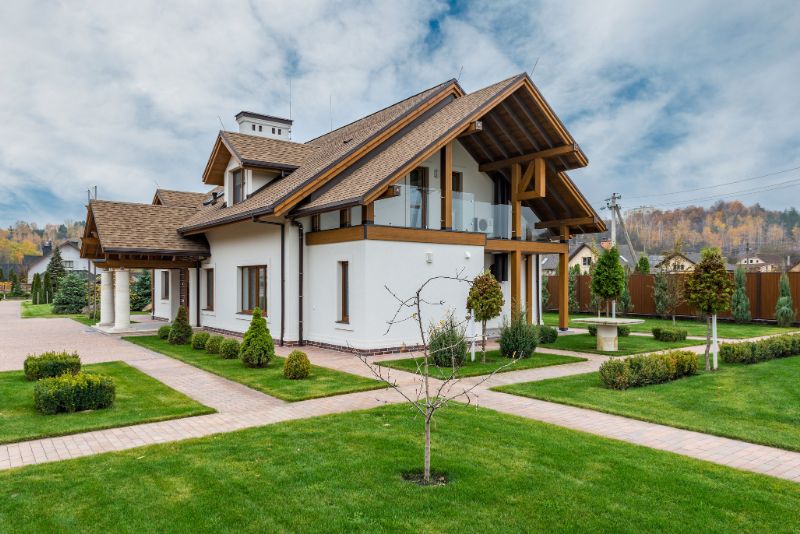
Planning Your Patio Slab Size and Layout
Getting the size and layout of your concrete patio slab right is crucial. Too small, and it feels cramped; too big, and you waste space and money. In Maryborough, most families find that 4×4 to 6×5 metres works best for entertaining areas, while 3×3 metres suits smaller setups. You can also go bigger for multi-zone patios or opt for custom shapes and curved edges to complement pools, gardens, or irregular yard lines. Multi-level slabs are perfect for sloping yards or creating distinct outdoor zones, adding both functionality and visual appeal.
It’s also important to integrate the slab with existing structures and plan for proper drainage, ensuring it sits slightly below your home’s floor level. Positioning matters too—choose a spot that gets good morning light and protection from harsh afternoon sun and winds. Always think ahead about possible extensions or upgrades, like adding a pool or covering the space later. A bit of forward planning now can save you from costly or awkward adjustments in the future.

Site Preparation for Patio Slabs in Maryborough
Proper site preparation is the foundation of a long-lasting patio slab in Maryborough. Local soil conditions vary widely—from stable sandy areas to moisture-sensitive clay that expands and contracts—so understanding the ground before pouring concrete is essential. Excavation typically involves removing 200–250mm of soil to make way for a compacted road base and the slab itself, ensuring a stable foundation that won’t crack or sink over time.
Good preparation also includes checking for underground services, adding conduits for future electrical or plumbing needs, and installing termite barriers where required. Skipping these steps might save time upfront, but it risks costly repairs later. A well-prepared site means your patio will stay level, strong, and functional for decades—no cracks, no sinking, just a solid outdoor space built to handle Maryborough’s tough conditions.
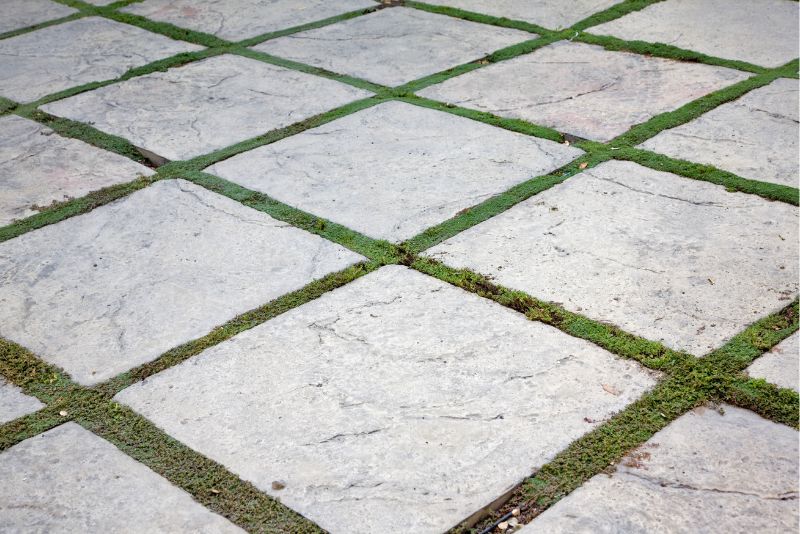
Maintenance and Long-Term Care
Concrete patios are low-maintenance but last longer with basic care.
- Cleaning: Sweep regularly, hose down, and pressure wash yearly if needed.
- Stain Removal: Scrub most stains; use degreasers for oil and rust removers for stubborn marks.
- Sealing: Optional for plain slabs; recommended for coloured or exposed aggregate. Reapply every 3–5 years.
- Cracks: Hairline cracks are normal; wider cracks need filling or repair.
- Algae and Moss: Prevent with cleaning, trimming, and drainage; treat existing growth with cleaners.
- Storm Prep: Secure furniture, clear drainage, and check for damage after storms.
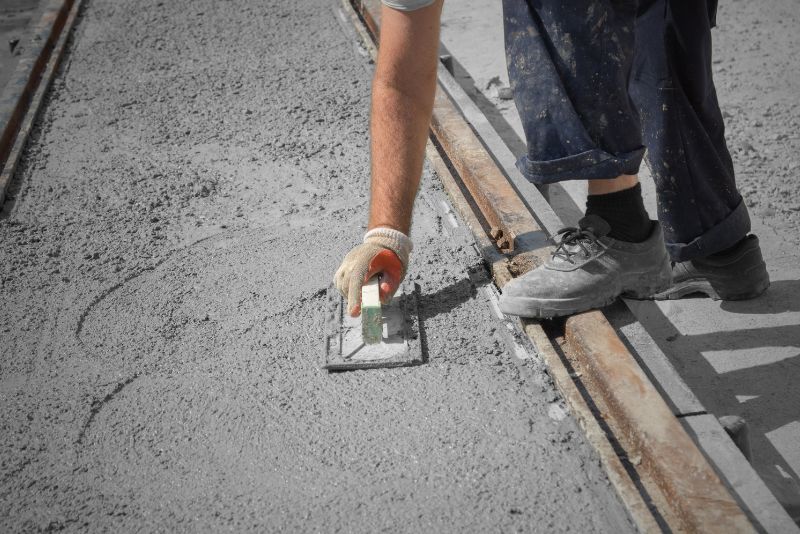
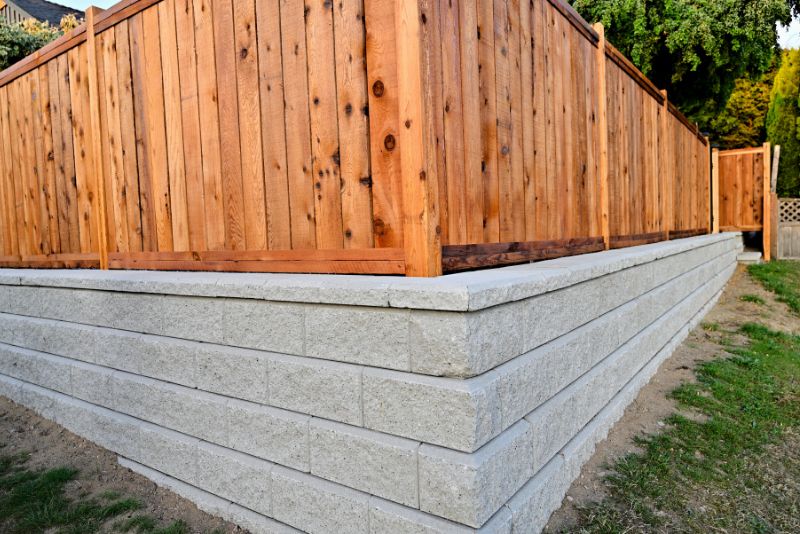
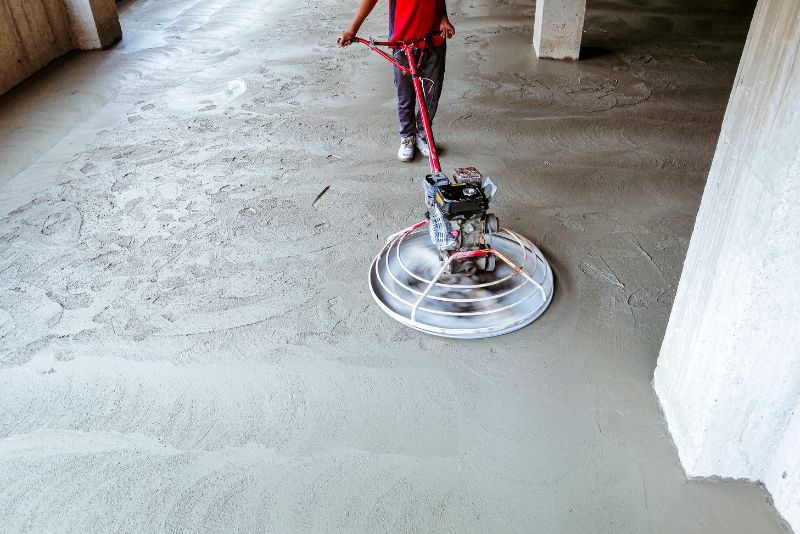
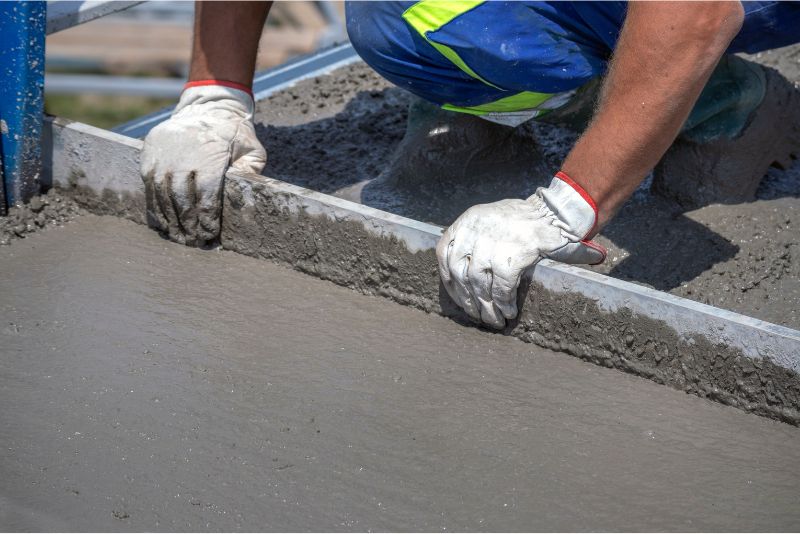
Making Your Patio Work for Maryborough's Lifestyle
Get Started With Your Maryborough Patio Project
If you’re thinking about other outdoor work at the same time – retaining walls, driveways, paths – mention that too. Often makes sense to do everything together, and you might get better pricing for a larger job.
Your concrete patio slab’s going to be there for decades. Taking time now to plan it properly, choose the right contractor, and invest in quality installation means you’ll be happy with it for years to come. And that’s worth way more than saving a few hundred bucks going with the cheapest quote.
FAQs About Concrete patio slab
Most residential patios in Maryborough get completed in 2-4 days for the actual construction. Day one is site prep and formwork. Day two is the pour and initial finishing. Day three is when we come back for exposed aggregate washing or final finishing work if needed. Then it needs to cure for at least a week before you’re using it properly.
Bigger or more complex jobs take longer. Multi-level slabs, areas with difficult access, or sites that need extensive drainage work can stretch out to a week or more for construction.
Yes, but we take extra precautions. During really hot days (35+ degrees) we often start earlier in the morning to get the pour done before peak heat. We wet down the base before pouring, use more curing compound, and sometimes even cover the slab with damp hessian to keep it from drying too fast.
Concrete that dries too quickly doesn’t cure properly and ends up weaker. That’s why timing and proper curing procedures matter more in hot weather than they do in mild conditions.
Light rain after the concrete’s set enough isn’t a problem – actually helps with curing. Heavy rain during the pour is different – can wash cement out of the surface and ruin the finish. If big rain’s forecast during our pour window, we’ll usually reschedule.
Once the concrete’s gone off enough to walk on (usually within 12 hours even in cool weather), rain’s not going to hurt it. The curing compound seals the surface enough that rain water doesn’t affect it.
Technically yes, but I wouldn’t recommend it unless you’ve got concrete experience. The ground prep, getting the levels right, working with wet concrete before it goes off, achieving a decent finish – there’s a lot that can go wrong. And if it does go wrong, you’re stuck with a permanent installation that’s wonky or cracked.
For small simple slabs, experienced DIYers can get acceptable results. For anything you’re actually going to use as your main outdoor entertaining area, get professionals in. The cost difference between DIY and professional installation isn’t huge when you factor in tool hire and materials, and the result will be way better.
Most people want to get it done before summer so they can use it over the warm months, which means autumn and early winter are our busiest times. From a construction perspective, mild weather (20-25 degrees) is ideal because concrete cures at a predictable rate and we’re not fighting extreme heat or wet weather.
Late dry season into early wet season (September to November) can be good timing if weather cooperates. You’re getting it done before Christmas entertaining season, and weather’s usually not too hot yet.
The wet season (December to March) is trickier because you might get delays waiting for dry enough conditions to pour. But prices can be slightly better because concrete contractors are less busy.

